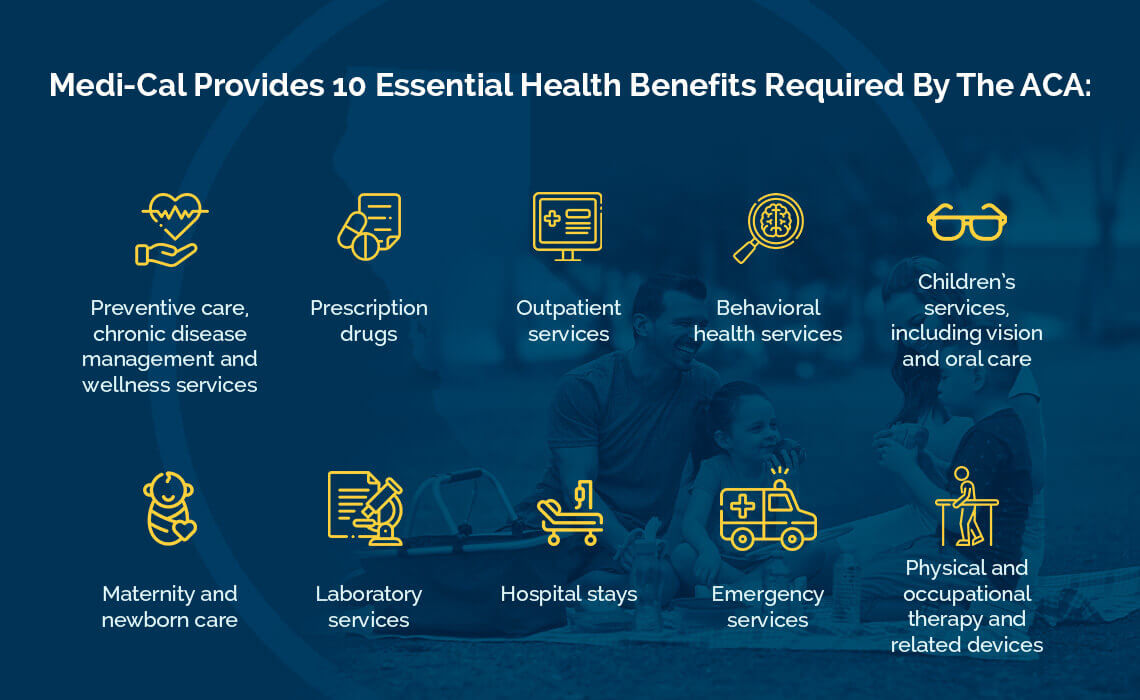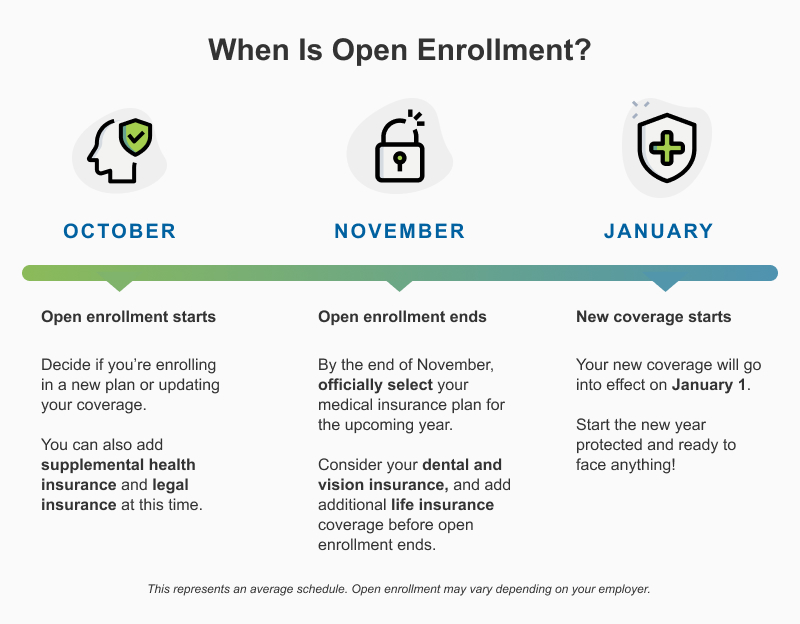Medicare Advantage Agent - Truths
Medicare Advantage Agent - Truths
Blog Article
Medicare Advantage Agent for Beginners
Table of ContentsThe Ultimate Guide To Medicare Advantage AgentSome Known Questions About Medicare Advantage Agent.The Single Strategy To Use For Medicare Advantage Agent

follows from perplexing the fairly young age profile of the without insurance with the much better wellness, on standard, of more youthful persons. This covers the web link in between wellness condition and health insurance. For those without accessibility to workplace wellness insurance, inadequate health and wellness is a possible barrier to acquiring nongroup insurance coverage since such coverage may be very priced, omit pre-existing conditions, or be just unavailable. The number of without insurance Americans is not especially huge and has not altered over the last few years. Seven out of 10 participants in a country wide depictive survey believed that less Americans lacked medical insurance than really do(Fronstin, 1998). About half(47 percent )believed that the variety of individuals without medical insurance lowered or remained continuous over the latter fifty percent of the last decade(Blendon et al., 1999). This decline of nearly 2 million in the variety of people 'without insurance (a reduction
of about 4 percent)is absolutely a positive change. With a softer economic climate in 2000 the most up to date reported gains in insurance coverage may not continue(Fronstin, 2001 ). The decline in the variety of without insurance will certainly not proceed if the economy remains sluggish and healthcare costs remain to exceed rising cost of living. This is due to the fact that the information were accumulated for a duration of strong economic performance. Of the estimated 42 million people who were uninsured, almost regarding 420,000(regarding 1 percent)were under 65 years of age, the age at which most Americans end up being eligible for Medicare; 32 million were adults between ages 18 and 65, about 19 percent of all adults in this age; and 10 million were children under 18 years old, about 13.9 percent of all children (Mills, 2000). These estimates of the variety of individuals without insurance are created from the yearly March Supplement to the Present Population Survey (CPS), carried out by the Census Bureau. Unless otherwise kept in mind, national price quotes of people without medical insurance and proportions of the populace with various type of protection are based on the CPS, the most extensively made use of source of estimates of insurance protection and uninsurance prices. These surveys and the estimates they yield are defined briefly in Table B. 1 in Appendix B - Medicare Advantage Agent. These studies differ in size and tasting techniques, the concerns that are inquired about insurance
Not known Facts About Medicare Advantage Agent
protection, and the moment period over which insurance policy coverage or uninsurance is determined(Lewis et al., 1998, Fronstin, 2000a ). Still, the CPS is especially beneficial because it generates yearly estimates relatively swiftly, reporting the previous year's insurance protection estimates each September, and due to the fact that it is the basis for a consistent collection of estimates for more than two decades, permitting evaluation of trends in protection with time.

Fascination About Medicare Advantage Agent
The relationship between health and wellness insurance and access to care is well developed, as recorded later in this phase. The relationship between wellness insurance policy and health and wellness outcomes is neither straight nor straightforward, a considerable scientific and health services study literature links wellness insurance policy protection
to improved access to care, better much betterTop quality and improved personal and population populace statusCondition The 2nd report, on personal wellness results for uninsured grownups, is stood for by the inner circle of the figure, while the 3rd record, on family members health, incorporates the subjects of the 2nd record yet highlights a different device of evaluation, namely, the family.
It focuses specifically on those without any type of health insurance policy for any size of time. The problems faced by the underinsured remain in some aspects comparable to those dealt with by the without insurance, although they are generally less serious. Uninsurance and underinsurance, nevertheless, involve noticeably various plan problems, and the approaches for resolving them may differ. Throughout this research and the five records to adhere to, the major emphasis is on persons with no medical insurance and thus no assistance in spending for health treatment beyond what is readily available via charity and security net institutions. Health insurance policy is an effective variable affecting receipt of treatment due to the fact that both clients and doctors reply to the out-of-pocket rate of services. Wellness insurance, nonetheless, is neither required neither adequate to obtain access to medical solutions. However, the independent and straight result of wellness
insurance policy coverage on accessibility to health solutions is well established. Others will obtain the health and wellness care they need also without health insurance policy, by spending for it expense or seeking it from service providers who use treatment complimentary or at highly subsidized prices. For still others, wellness insurance alone does not make sure receipt of treatment because of various other nonfinancial barriers, such as an absence of healthcare suppliers in their area, restricted accessibility to transportation, illiteracy, or linguistic and social distinctions. Official study concerning without insurance populations in the USA dates to the late 1920s and very early 1930s when the Board on the Expense of Medical Treatment generated a series of records about funding doctor office visits and hospital stays. This issue became prominent as the numbers of clinically indigent climbed throughout the Great Depression. Empirical studies constantly support the web link between accessibility to care and improved health and wellness end results(Bindman et al., 1995; Starfield, 1995 ). Having a routine resource of treatment can be taken into consideration a predictor of access, rather than a straight procedure of it, when wellness end results are themselves utilized as access signs. This extension of the idea of gain access to dimension was made by the IOM Board on Monitoring Access to Personal Healthcare Solutions(Millman, 1993, p. Whether moms and dads are guaranteed appears to influence whether or not their kids receive care in addition to just how much careeven if the youngsters themselves have coverage(Hanson, 1998). The health and wellness of parents can influence their ability to take care of their youngsters and the degree of family members stress and anxiety. Fretting concerning their kids's access to care is itself a resource of tension for moms and dads. 3 phases follow in this record. Chapter 2 gives a summary of exactly how employment-based health insurance, public programs and private insurance coverage run and connect to offer comprehensive yet incomplete coverage of the united state population. This consists of an evaluation of historic patterns and public laws influencing both public and personal insurance policy, a discussion of the communications amongst the different kinds of insurance, and an exam of why people move from one program to an additional or finish up
:max_bytes(150000):strip_icc()/coordination-of-benefits-1850523021ff453f8f4f2e19a99324ea.png)
Report this page